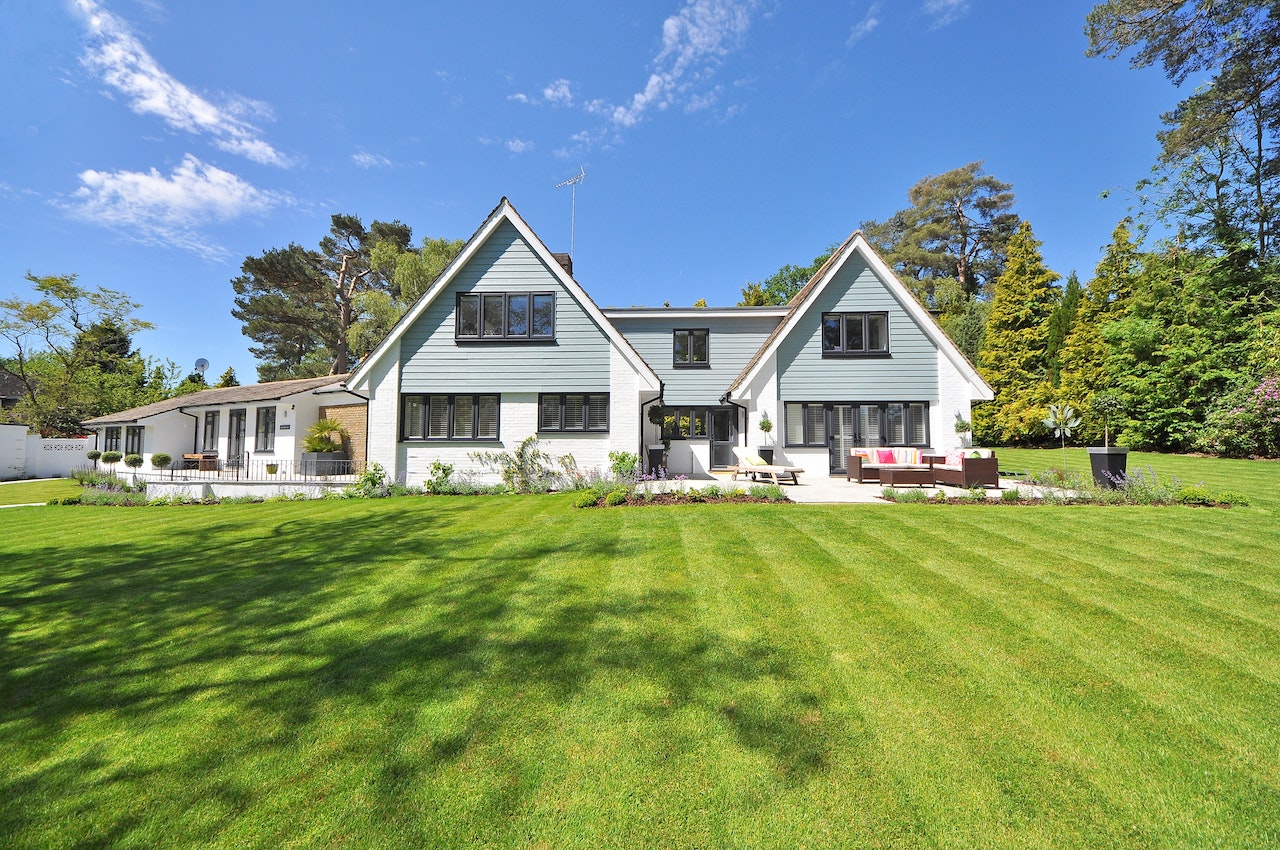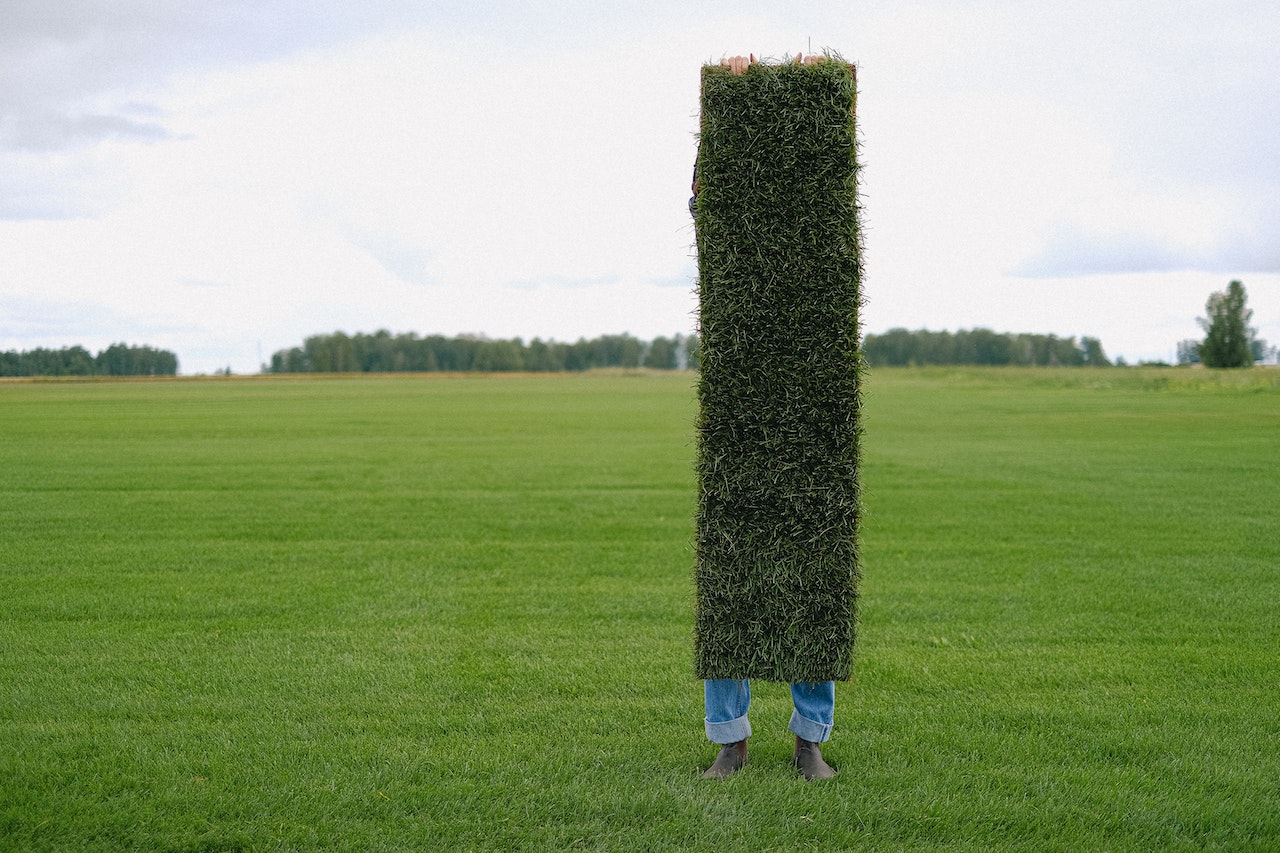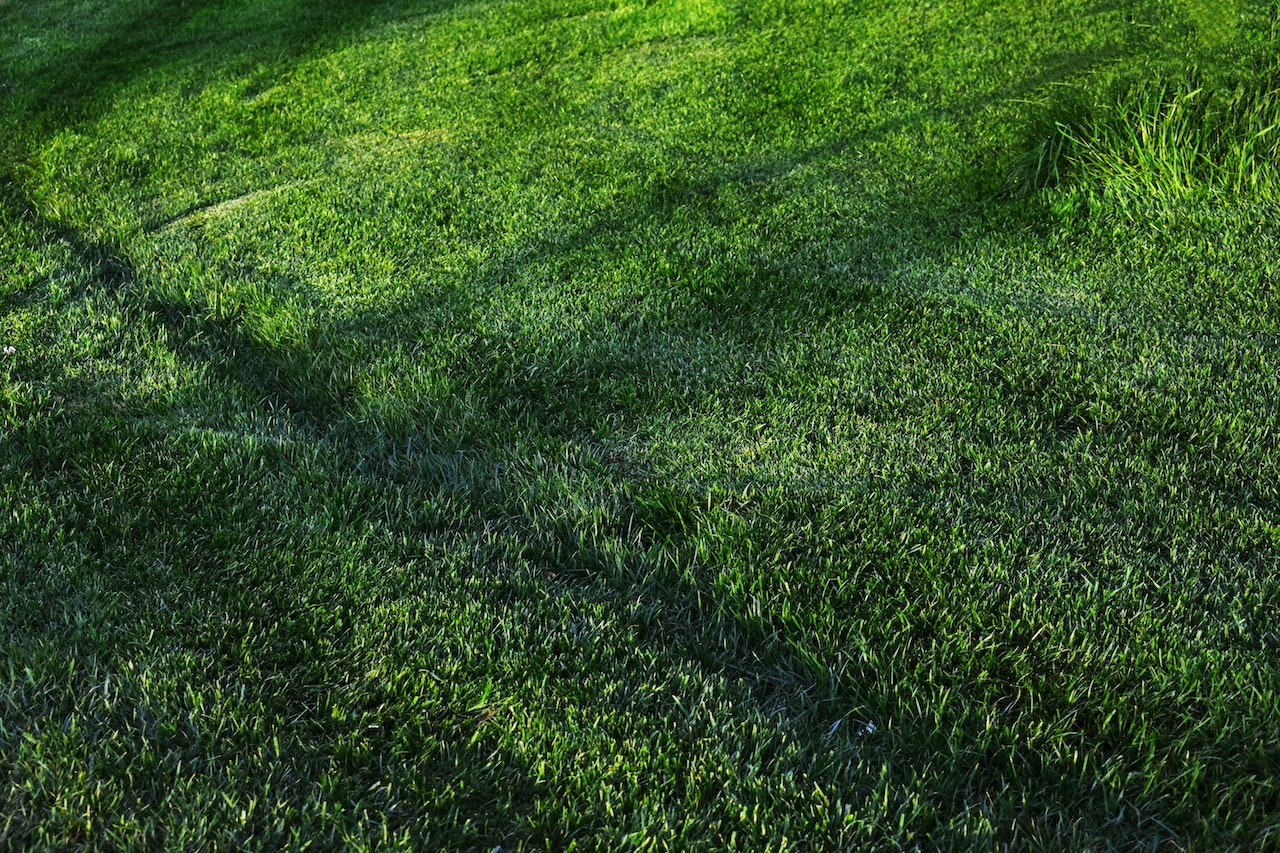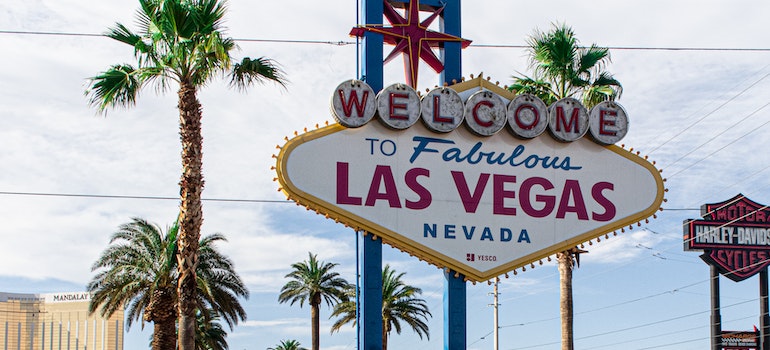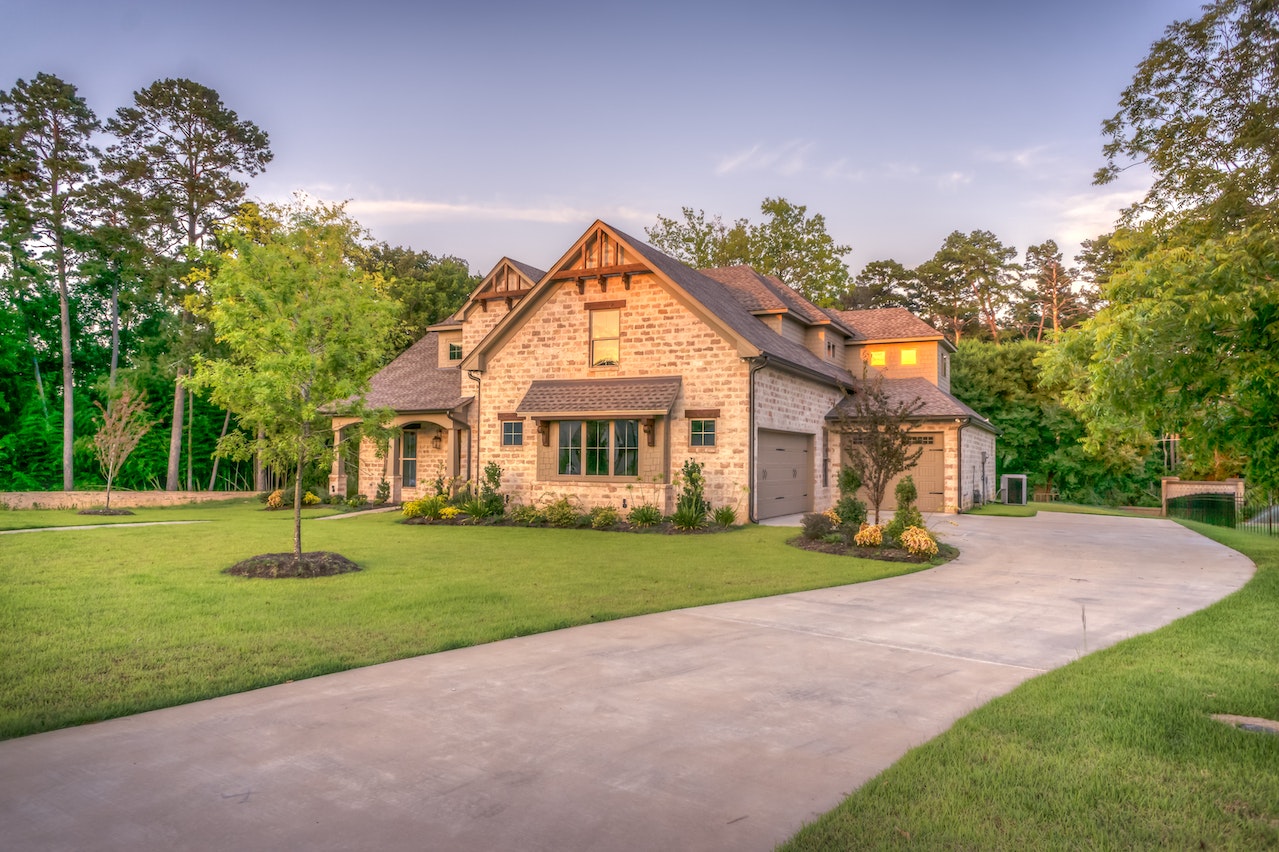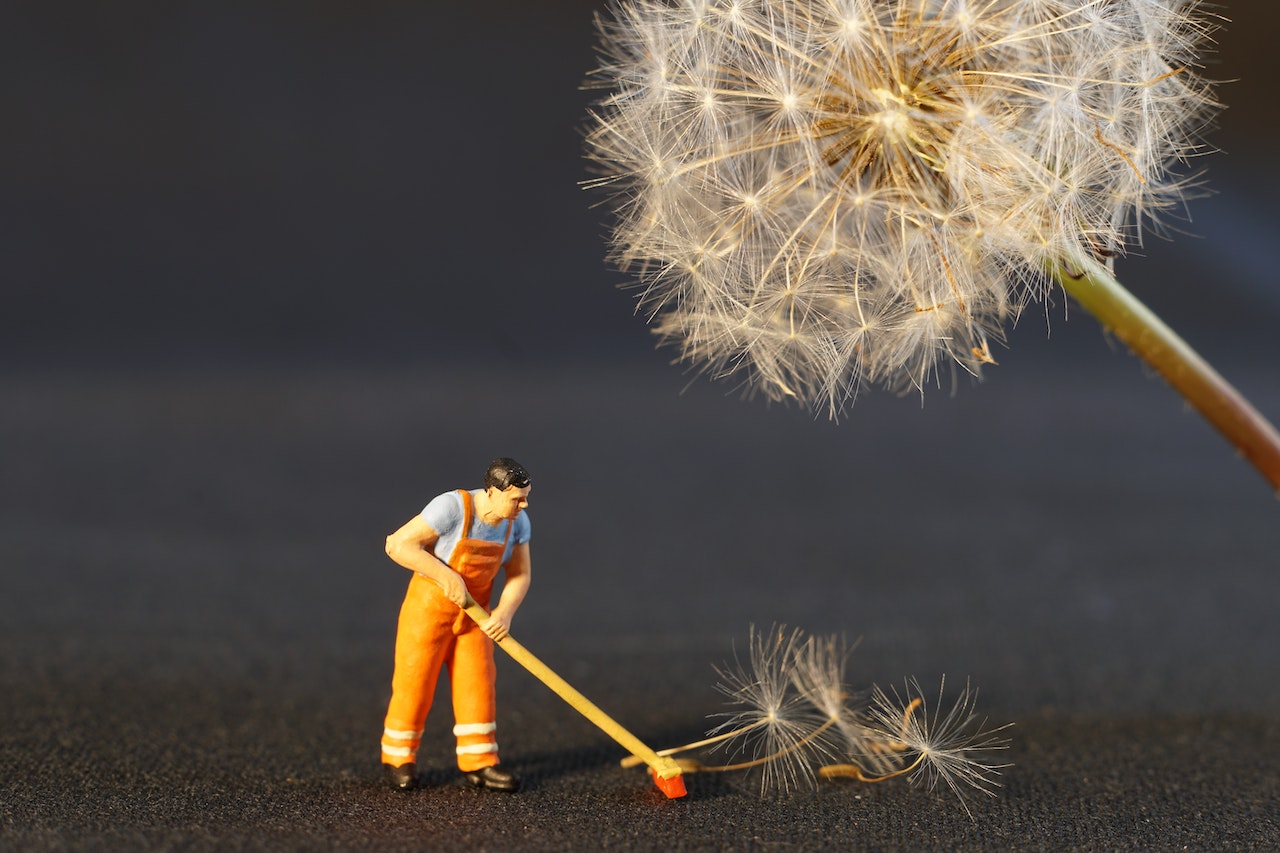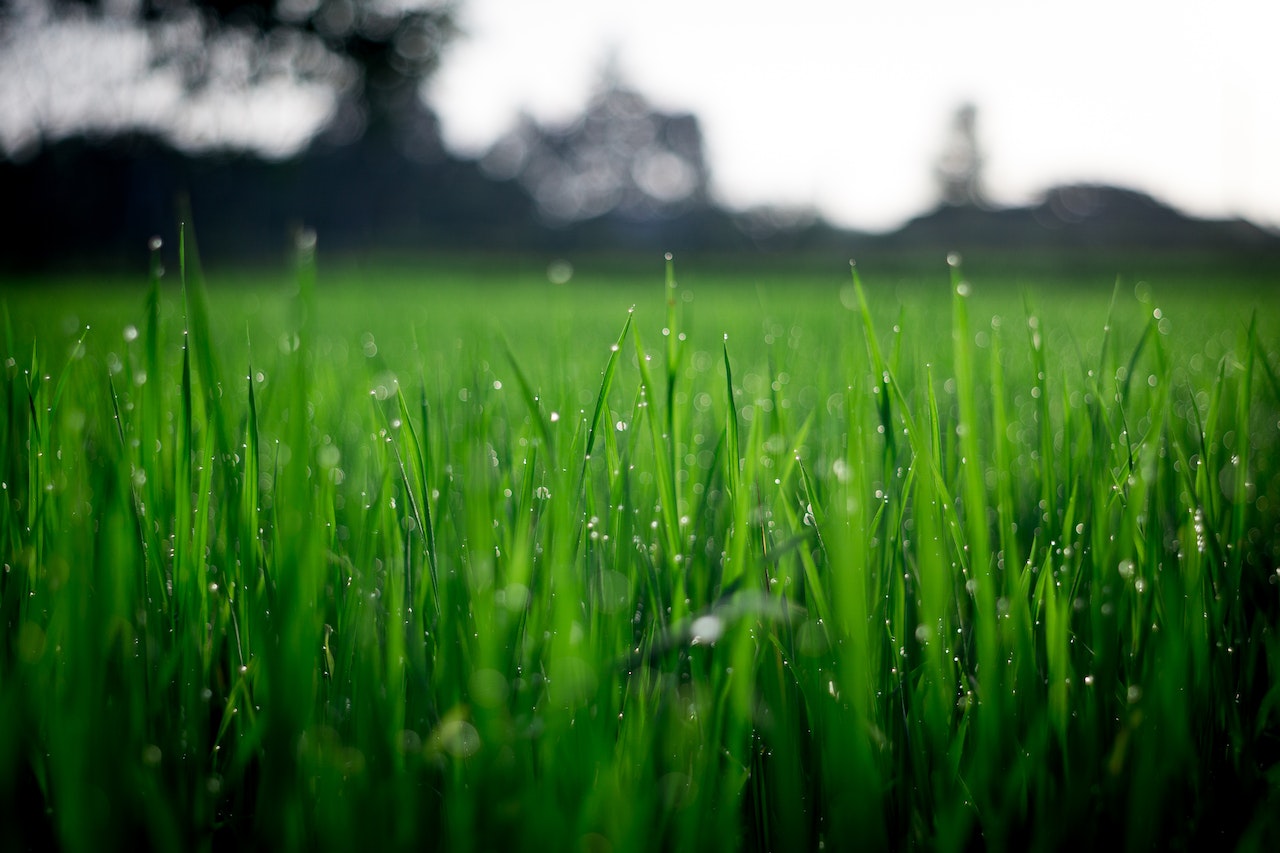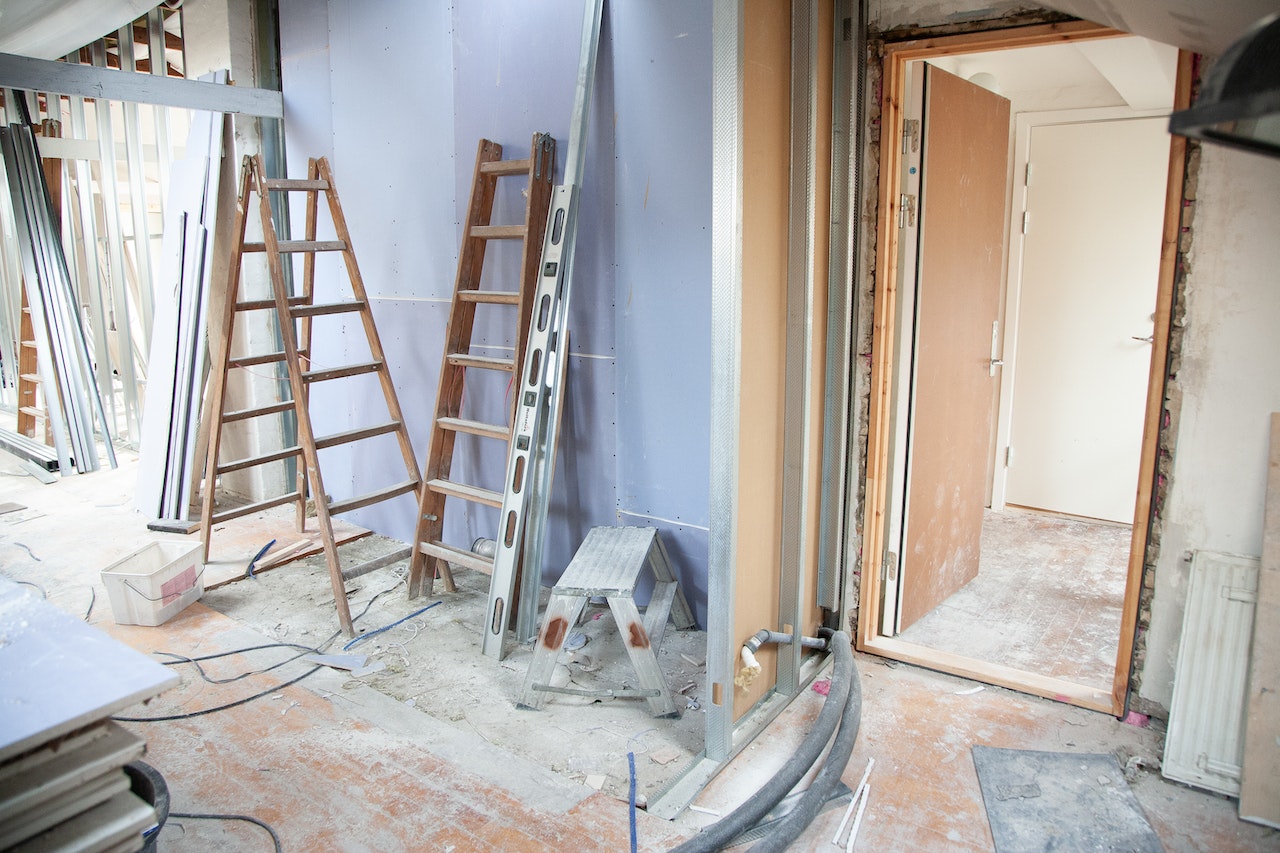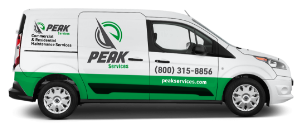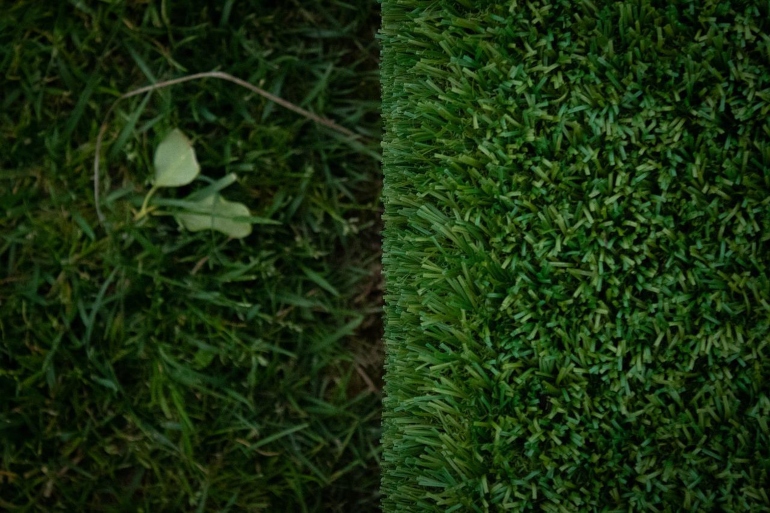
Going green is a trend that is gaining momentum by the day. And for a good reason, too! It is a money saver that helps reduce our carbon footprint, thus helping our beautiful planet be the best home for us. But, what happens when we try to simulate nature for our own convenience? Because with artificial turf – that’s exactly what we’re doing. Are we harming the environment or helping it by going synthetic? We won’t keep you in suspense – it is the latter. Here are several reasons why artificial turf is eco-friendly and why Las Vegas turf experts recommend it so highly.
Artificial turf reduces air pollution
One of the biggest counter-arguments for using artificial turf is that “it doesn’t do what grass is supposed to do.” And, that is true. Fake grass can’t convert carbon dioxide into breathable air. It doesn’t provide the nutrients needed for biodiversity to form. However, what it DOES do is reduce harmful emissions.
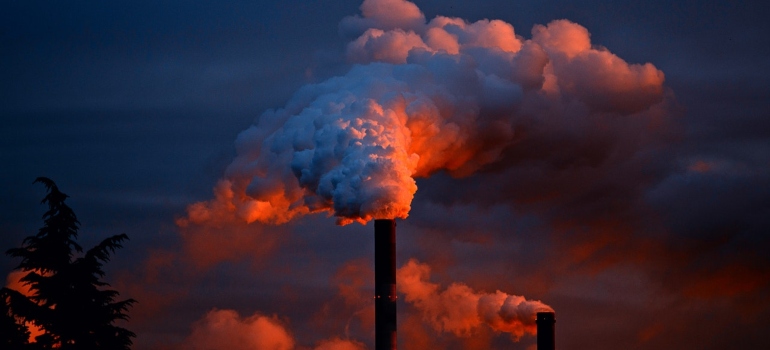
Air pollution is a real and growing issue. One of the reasons why artificial turf is eco-friendly is that it helps combat it.
Every natural lawn demands a lot of tools to keep it beautiful. And, more often than not, said tools use gas, whether it’s diesel or petrol. Lawnmowers, trimmers, leafblowers – each one of them is fuel-intensive. Here are a few facts to put things into perspective:
- Just one hour of gas-powered lawnmower use produces pollution equivalent to up to four hours of driving.
- Nearly 8% of global warming contributors are fossil fuel-powered garden tools.
If you’re thinking: “Wow, that’s a lot!” – you’re absolutely right. Fortunately, artificial lawns have no need for any of these tools. The only exception is a leafblower that you or your turf cleaning Las Vegas crew will use to speed up maintenance. And, even in that case, it is not necessary, per se. You can get the same effect with a garden rake and a push brush, albeit a bit slower.
Therefore, by going for fake grass, you’re helping create a healthier environment and combat global warming. And that’s why this is among the top reasons why artificial turf is eco-friendly.
Toxicity is not an issue with synthetic lawn
Natural grass needs a lot of nutrients and additives to maintain. At the same time, it needs protection from pests and weeds. And, that means excessive use of chemicals, such as:
- Fertilizers;
- Pesticides;
- Herbicides.
Unfortunately, said chemicals are often harmful to the environment, humans, and pets. Furthermore, they can seep into the soil and even find a way to the local water sources, thus creating an eco-disaster. And, yes – that means they can find a way to your water source.
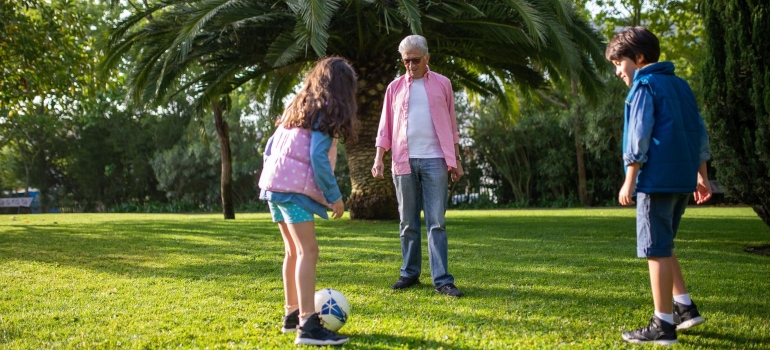
Synthetic grass does not need toxic chemicals. You, your kids, and your pets can enjoy it as much as you want, with no health risks.
However, fake grass is immune to both plant diseases and pests. Therefore, there’s no need to use said chemicals, ever. The only time you would need to resort to chemistry is if you’re dealing with pests in another part of your property. For instance, pigeon infestations are quite common in the Las Vegas area. But, even then, you don’t have to risk using toxic chemicals. You can simply call pigeon pest control Las Vegas specialists, and they’ll make quick work of them, without using anything that could harm your or your pets. Of course, the same goes for any other pest problem, too.
You can preserve a lot of water with artificial turf
Another thing real grass needs, and needs a lot of, is water. Especially so in arid climates, where rain is almost a fantasy. And Nevada definitely falls under that category. So, this is another massive reason why artificial turf is eco-friendly. It doesn’t need watering – at all.
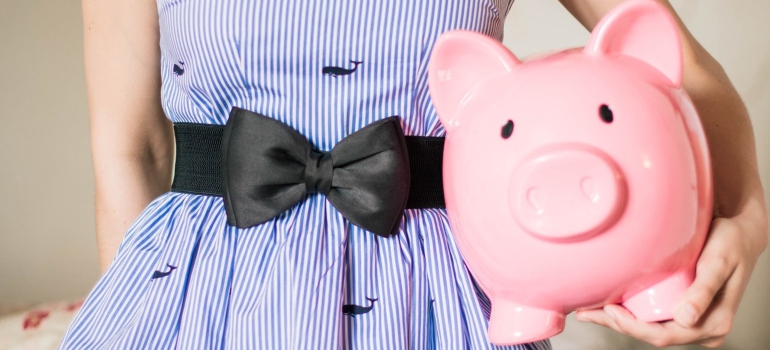
Going for synthetic turf is an excellent way to save money.
Therefore, right off the bat, you’ll save a lot on utility bills. And, we don’t have to say how beneficial that can be. You can use that money in so many different ways. Or, you can use that money and the water you saved to, for instance, hire a pressure washing Las Vegas team and give your house a nice makeover.
Lastly, in the grand scheme of things, you’re exercising yet another way to counter water shortage and global warming. Definitely a major upside and another point for fake grass – no doubt there.
Artificial grass is recyclable!
Now, naysayers will claim that this is just not true. That when artificial turf reaches the end of its lifetime it will only end up in a landfill. How it will stay there for good, thus polluting the planet further. And, they would be right – if we were still living in the 2000s. Which we’re not (we know, we checked!).
Granted, there are still artificial turfs made of nylon, polypropylene, and polyethylene compounds. But, this trend is on a downward spiral. Today, more and more companies turn to recyclable materials for synthetic turf manufacturing. Some even use natural materials that are bio-degradable – just like real grass. And, the best thing about them is that they are just as lifelike, resilient, and lasting as the old ones.
In this case, “artificial” does mean “green”
After everything said, the reasons why artificial turf is eco-friendly are quite obvious. It is safe for you, your kids, and your pets. It adds to the look and feel of your home. And, it is quite gentle on your wallet, especially in the long run. All of it – without being a risk to the environment. Therefore, if you thought going for the fake grass meant going against nature, you can rest easy. It is the exact opposite!

